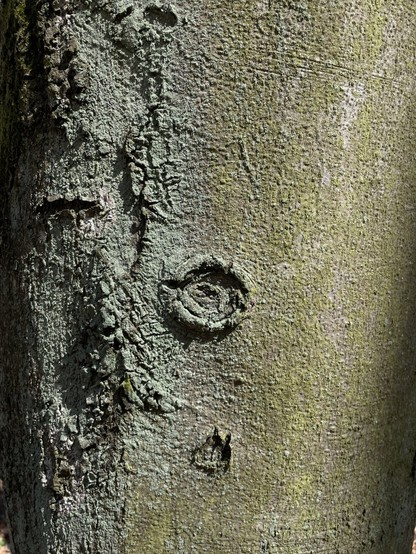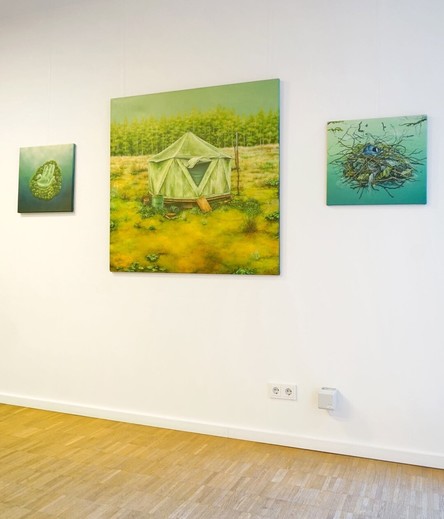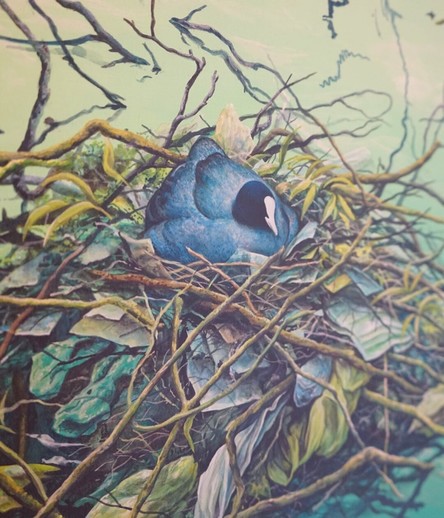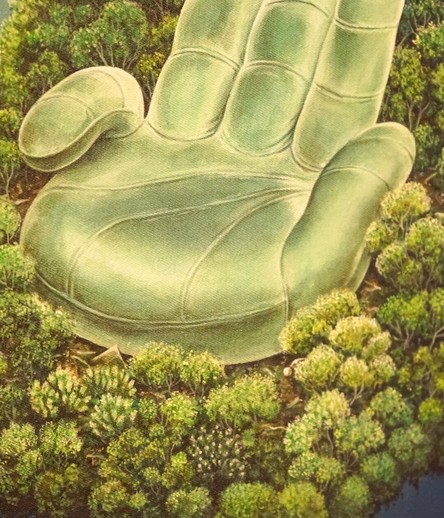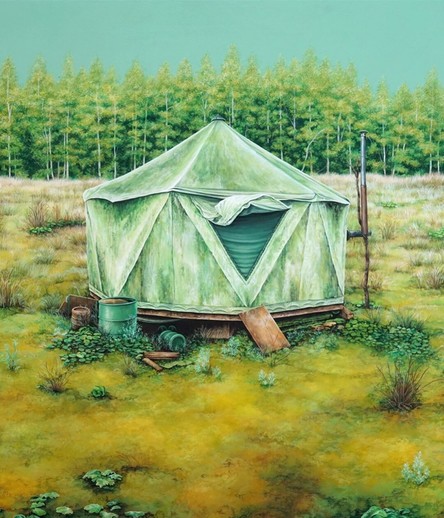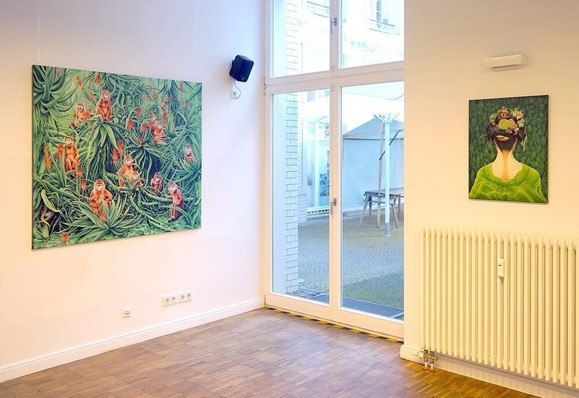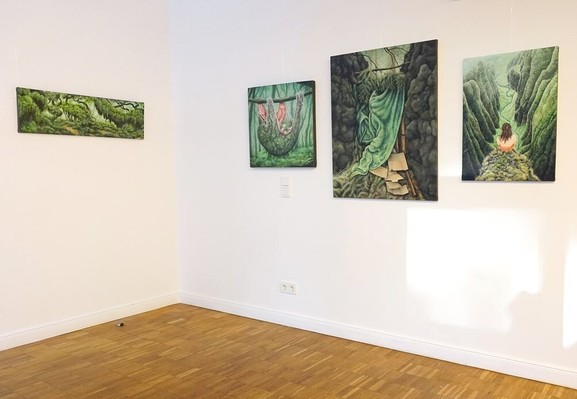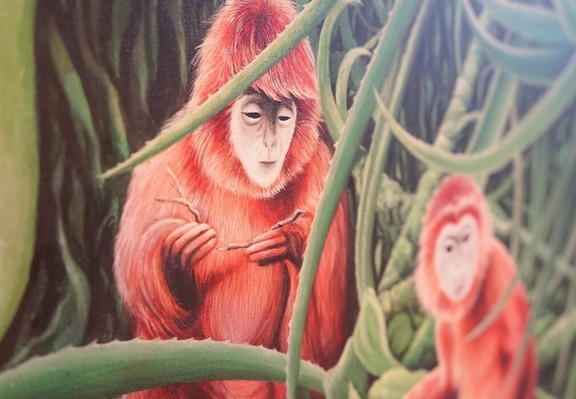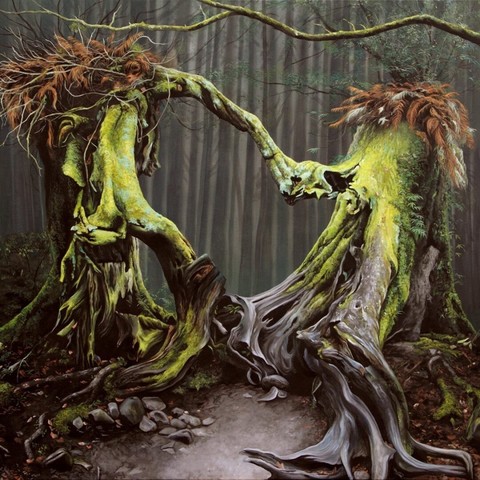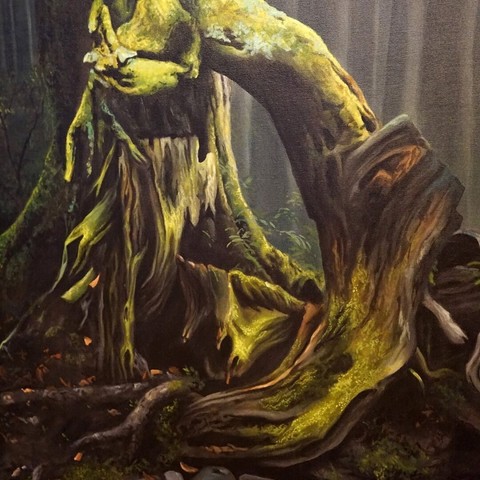Frühere Suchanfragen
Suchoptionen
#symbiosis
How #plants control partnerships with #fungi: Study finds #stress #hormones influence #symbiosis
#soil #microbiome #Arbuscular_mycorrhiza #ethylene #SMAX1 #gene_regulation #agriculture #food_security
https://phys.org/news/2025-03-partnerships-fungi-stress-hormones-symbiosis.html
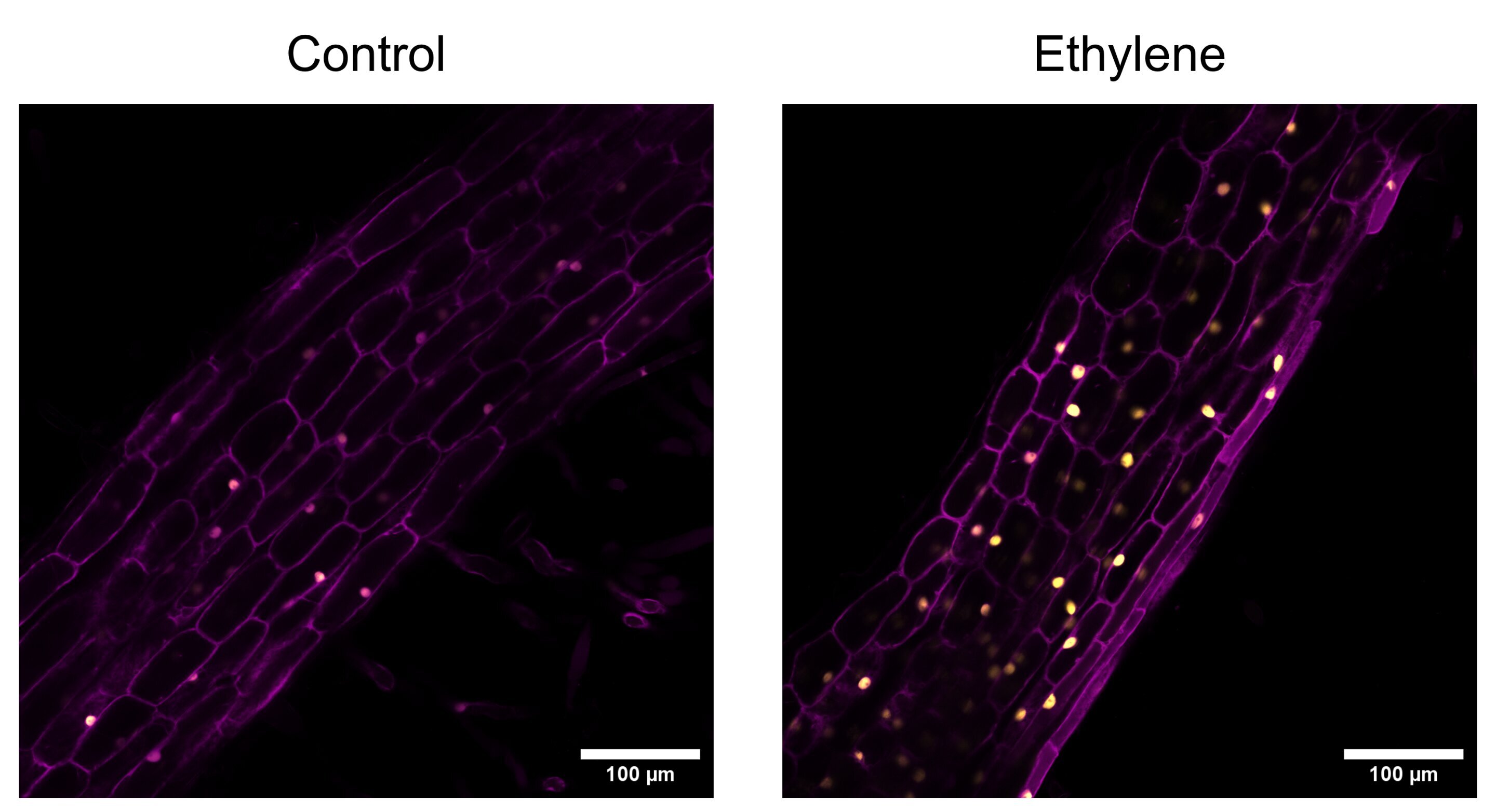
@anna Creating Wooly People would be cool if it weren't so hot out. How about engineering chloroplasts that live symbiotically in human skin #symbiosis #plant #skin #hybrid
I'm happy to share this new paper describing long-term kleptoplasty in benthic foraminifera.
https://www.sciencedirect.com/science/article/pii/S2589004225002883
#foraminifera #symbiosis #kleptoplasty
#LicypriyaKangujam #climateaction #sukifu #painting #workinprogress #moki #demonstration #activism #actnow #climatechange #symbiosis #kreislaufwirtschaft #circulareconomy
"The last plant left: can #RapaNui’s #extinct #tree be resurrected? https://www.theguardian.com/environment/2025/feb/19/rapa-nui-easter-island-science-extinct-endemic-tree-sophora-toromiro
"Seeds from the last #toromiro, unique to #EasterIsland, were taken away in the 60s. After a crucial discovery gave hope for its survival, it is making a return... It belongs to a family of pea #plants that has #symbiosis with soil #bacteria... the toromiro’s bacteria are also likely extinct on Rapa Nui... the team looked for them in related species, and found a match in strands from Chile & New Zealand"
Cool symbiosis... As a non-expert, I concur that close friends help us recover from wounds.
#marinelife #symbiosis
RE: https://bsky.app/profile/did:plc:36mxxuosy6yzegffe4mohgxr/post/3lihcni23ps2n
#biology #symbiosis #protists #bacteria #oceans
An article published in the journal Cell Host & Microbe reports the results of a study on the symbiosis between predatory protists and bacteria related to species that are pathogenic to various animal species and sometimes to humans. A team of researchers conducted a series of analyses on water samples and identified protists with predatory habits that eat some species of bacteria but are in symbiosis with other species.
"Some researchers use the term ‘holobiont’ to refer to an assemblage of different organisms that behaves as a unit. The word ‘holobiont’ derives from the Greek word holos, which means whole. Holobionts are the lichens of this world, the more-than-the-sums of their parts. Like ‘symbiosis’ and ‘ecology’, ‘holobiont’ is a word that does useful work. If we only have words that describe neatly bounded autonomous individuals, it is easy to think that they actually exist. The holobiont is not a utopian concept. Collaboration is always a blend of competition and co-operation. There are many instances where the interests of all the symbionts don’t align. A bacterial species in our gut can make up a key part of our digestive system but cause a deadly infection if it gets into our blood. We’re used to this idea.
Perhaps it isn’t so hard for us to relate to lichens after all. This sort of relationship-building enacts one of the oldest evolutionary maxims. If the word ‘cyborg’ — short for cybernetic organism — describes the fusion between a living organism and a piece of technology, then we, like all other life forms, are symborgs, or symbiotic organisms. The authors of a seminal paper on the symbiotic view of life take a clear stance on this point. ‘There have never been individuals, they declare. “We are all lichens.’
#mycology #holobiont #symbiosis #merlinsheldrake #entangledlife #mustread #lichen #recommendation
#photography #naturephotography #nature #lichen #symbiosis
#symbiosis #chloroplast #convertlight #seaslug #leafslug #algae #evolution #life #superpower #lichen #moss #spottedsalamander #animalsthatusephotosythesis #complexity #imagine #nature #together #energysource #plantsforpresident
#underwood #escapism #biodiversity #incircles #antropocene #yurt #weltflucht #howtodisappear #symbiosis #everyendisanewbeginning #forest #nest #plasticwaste #moss #lichen #cosy #nature #Anthropozän #pollution #abuseofpower#errorsystem #painting #moki #mioke
#underwood #EastJavanlangur #Haubenlangur #langur #Trachypithecusauratus #howtodisappear #symbiosis #everyendisanewbeginning #forest #moss #lichen #rotten #biodiversity #incircles #cover #shadesofgreen #nature #painting #moki #mioke
#humanimpact #symbiosis #humananimalstudies #canary #shelter #partnership #tame #friends #animalrights #painting #redhead #bird #moki #mioke
#imagination #rizzolatti #iamnothere #justbecauseyoufeelit #unity #landscape #freedom #twosomeness #adiction #painting #mobilphone #symbiosis #connected #absence #meltinto #mioke #moki
How tiny algae shaped the #evolution of giant clams https://phys.org/news/2025-01-tiny-algae-evolution-giant-clams.html https://www.nature.com/articles/s42003-024-07423-8
"T. maxima have evolved more genes for sensors to distinguish friendly #algae from harmful #bacteria, #viruses... it has tuned down some of its immune genes in a way that likely helps the #animals tolerate #microbes... As a result of the weakened #ImmuneSystem, its genome contains a large number of #TransposableElements left behind by viruses. These aspects highlight the tradeoffs of #symbiosis"
More than a dozen species of rove beetles have independently evolved morphological and chemical characteristics that allow them to infiltrate ant colonies for food.
“These beetles keep finding the same solution,” [Joseph] Parker says. “It tells us that long-term, highly predictable phenotypic evolution is absolutely possible.”


